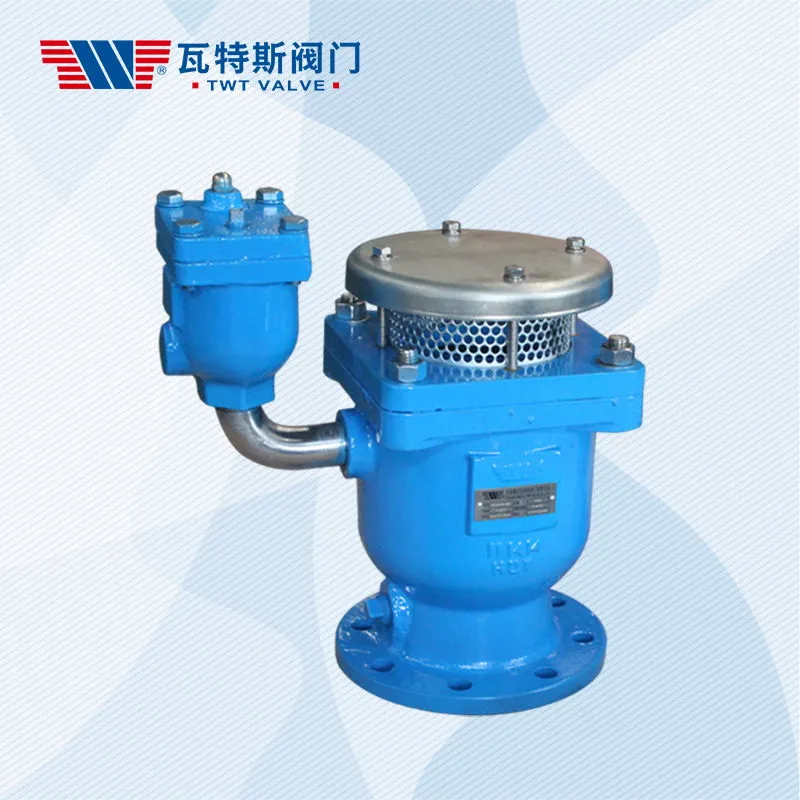A quick release air valve is a type of valve that is designed to quickly and easily release air from a system or component.
Here are some key features and benefits of quick release air valves:
Quick release: Quick release air valves are designed to release air quickly and efficiently, allowing for rapid depressurization of a system. This can be useful in emergency situations or when performing maintenance on a system.
Easy to use: Quick release air valves are typically easy to operate, requiring only a simple manual or automatic mechanism to activate the valve.
Durability: Quick release air valves are generally made from durable materials that can withstand high pressures and temperatures, as well as harsh operating conditions.
Versatility: Quick release air valves can be used in a variety of applications, including automotive, industrial, and hydraulic systems.
Safety: Quick release air valves can be a safety feature, allowing for the quick and safe depressurization of a system in emergency situations or during maintenance.
Improved system efficiency: Quick release air valves can improve system efficiency by reducing the time and effort required to depressurize and re-pressurize a system.
Overall, quick release air valves are a useful and versatile component in many systems, providing a quick and efficient way to release air and improve system efficiency. They are easy to use, durable, and safe, and can be found in a variety of applications and industries.
Quick release air valves are designed to release air quickly and efficiently, making them an effective component in many systems that require rapid depressurization or pressure relief. quick release air valve
Compared to other types of valves, such as ball valves, gate valves, or butterfly valves, quick release air valves offer several advantages in terms of efficiency:
Rapid response: Quick release air valves can respond quickly to changes in pressure or flow, allowing for rapid depressurization or pressure relief. This can be useful in emergency situations or when performing maintenance on a system.
Minimal pressure drop: Quick release air valves typically have a low resistance to flow, resulting in minimal pressure drop across the valve. This means that they can be used in systems where pressure loss is a concern.
Simple design: Quick release air valves are typically simple in design, requiring only a manual or automatic mechanism to activate the valve. This can make them less prone to failure or malfunction compared to more complex valve designs.
Versatility: Quick release air valves can be used in a variety of applications, including automotive, industrial, and hydraulic systems. They can also be used in conjunction with other types of valves to provide additional functionality.
Safety: Quick release air valves can be a safety feature, allowing for the quick and safe depressurization of a system in emergency situations or during maintenance.
Overall, quick release air valves offer several advantages over other types of valves in terms of efficiency, including rapid response, minimal pressure drop, simple design, versatility, and safety. However, the best type of valve for a particular application will depend on a variety of factors, including the specific requirements of the system, the type of fluid or gas being used, and the operating conditions of the system.
